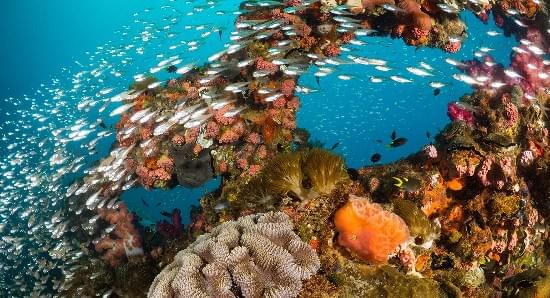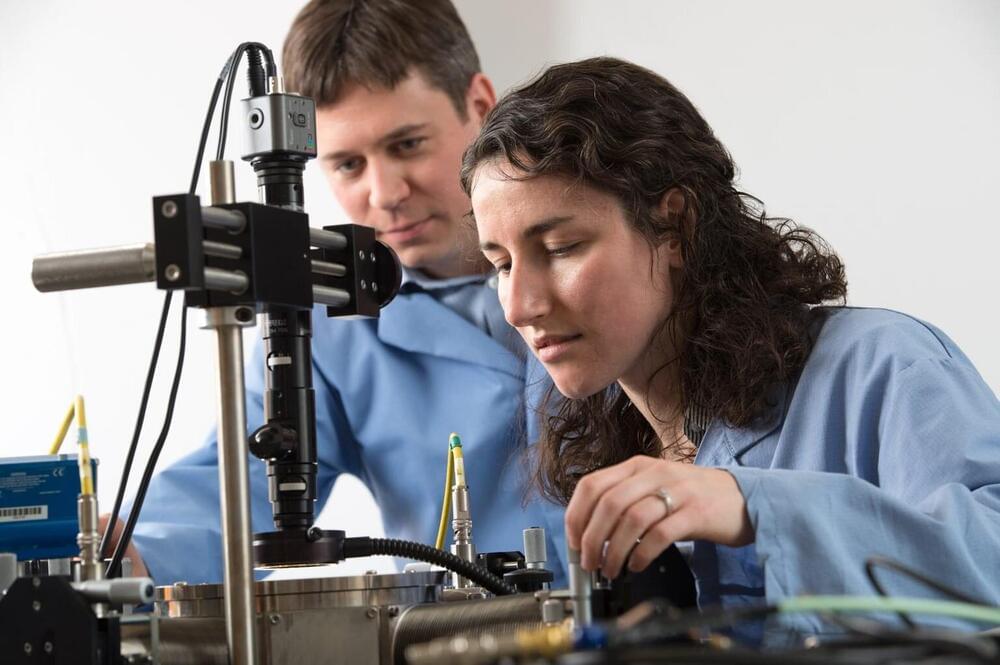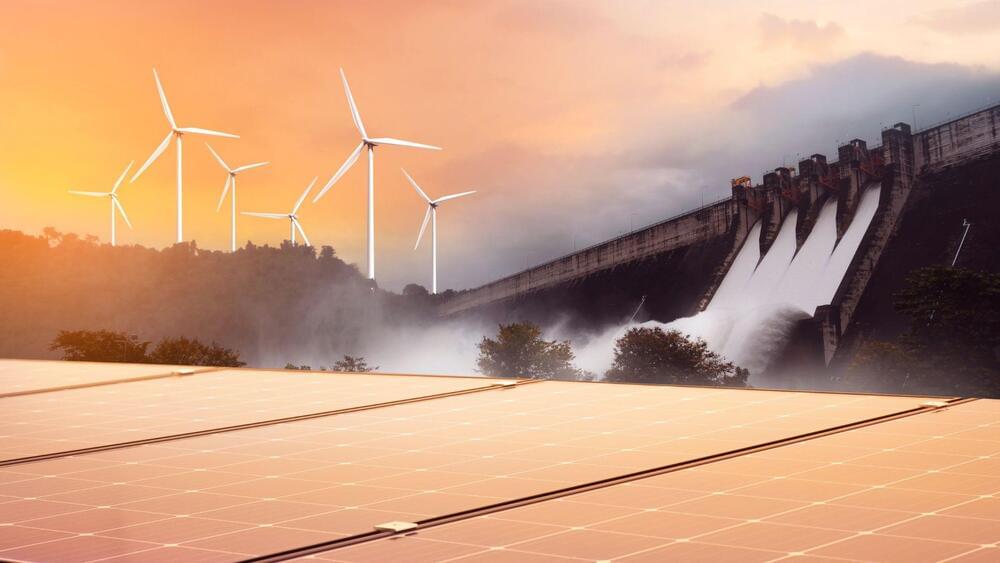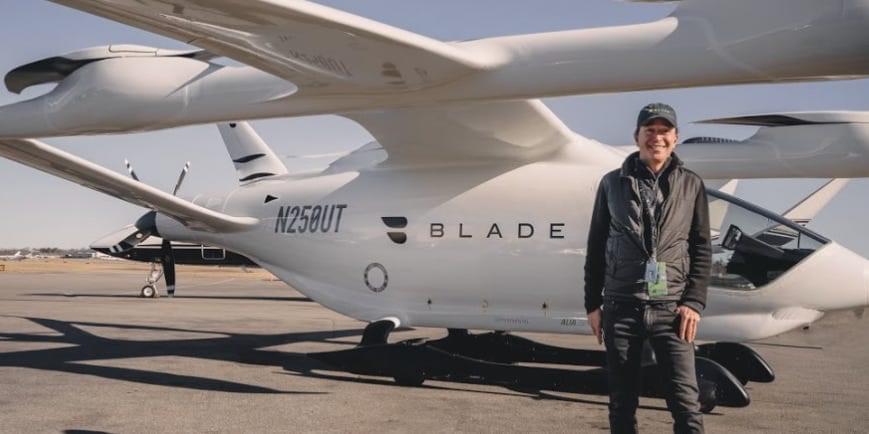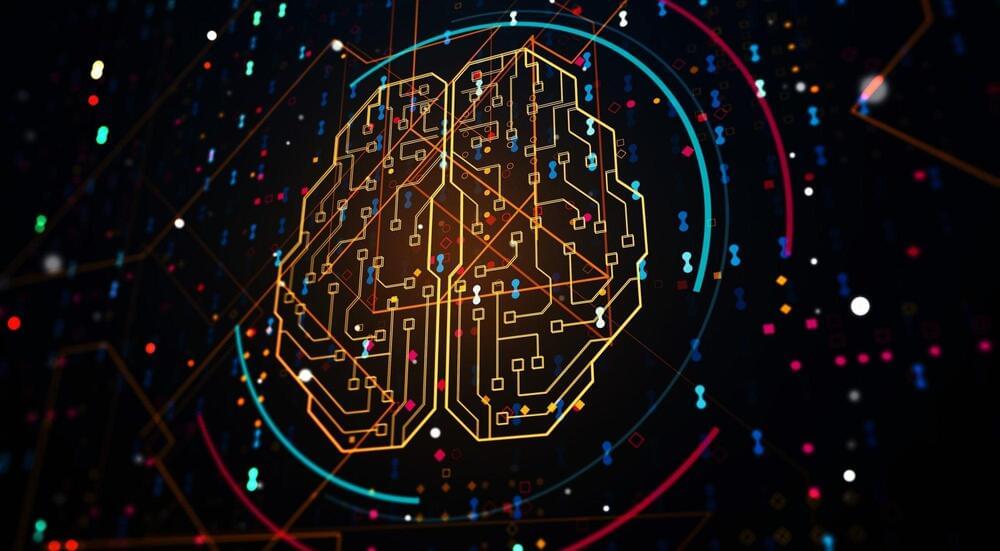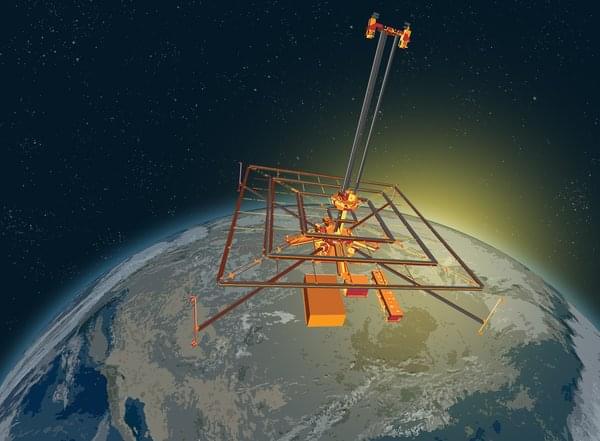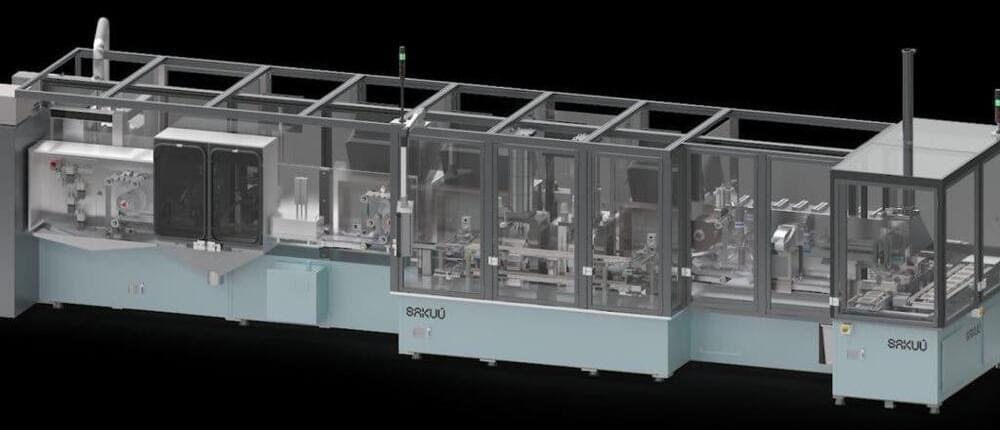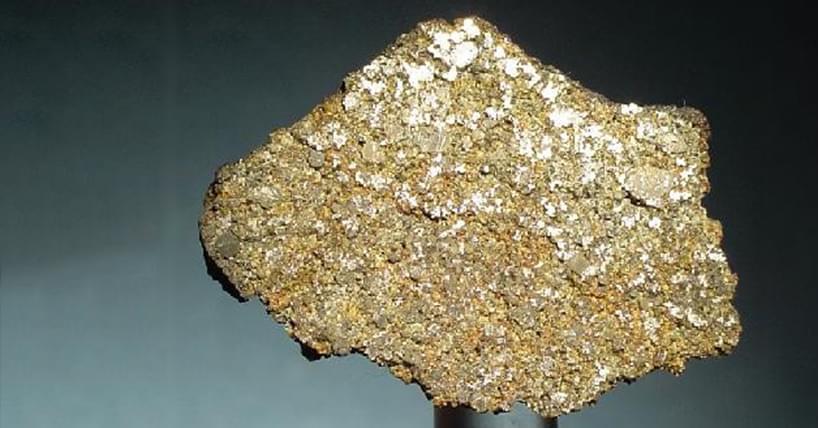UN hopes to complete revisions to the Law of the Sea governing the protection of marine biodiversity.
In 2017, the members of the General Assembly of the United Nations convened to review the existing Convention on the Law of Sea with the idea to look at providing protection for marine biodiversity and ocean waters beyond marine national government boundaries and exclusive economic zones. Subsequently, there have been meetings at the United Nations to work through outstanding issues with the last in August 2022. A revised Intergovernmental conference is now underway and expected to last two weeks to complete a new High Seas Treaty.
The world’s oceans and seas cover more than 70% of the planet’s surface. The ocean contains 1.35 billion cubic kilometres (324 million cubic miles) of water representing 97% of all the water on the planet. The ocean is where life on Earth first came from and is what makes the continuation of life on this planet possible.
A portion of the ocean lies within the jurisdictions of nation-states. In these locales, countries establish the rules regarding the exploitation of ocean resources from below the seabed, through the entire vertical water column, to the surface as above. But beyond these jurisdictions is a collective commons where national laws bear no weight. That, however, hasn’t stopped countries, fishers, fossil fuel companies and even mining ventures from staking claims. In this arena, a mere 1.2% is currently protected from those looking to exploit what the ocean has to give.
